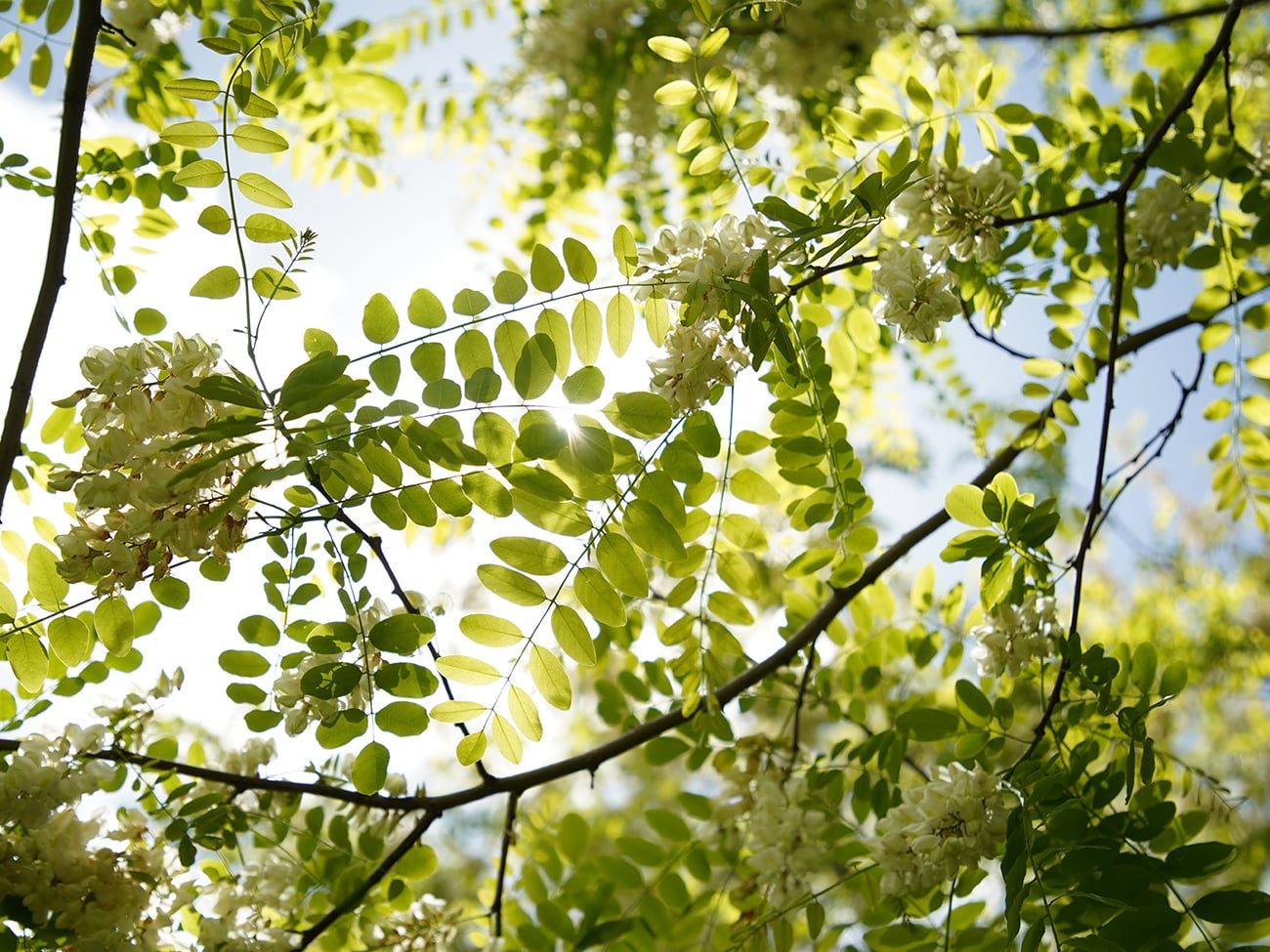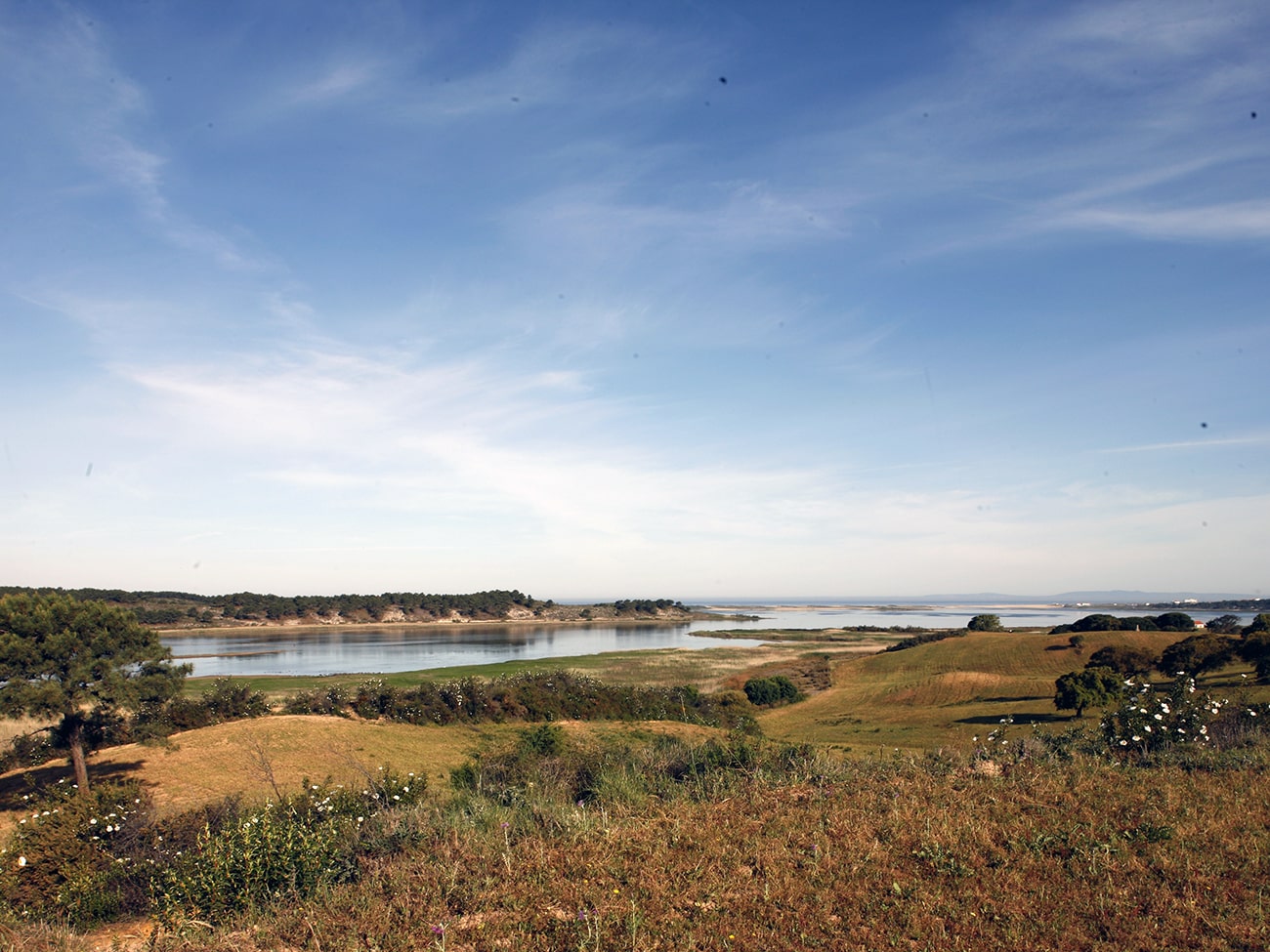The Alentejo Coast, known for its wild beaches and dramatic cliffs, is also home to one of Portugal’s most important natural treasures: the indigenous forest. Composed of native species, this forest plays a vital role in preserving local ecosystems and offers refuge to a wide diversity of fauna and flora. However, the importance of this vegetation goes far beyond the landscape, as it contributes significantly to environmental sustainability and the fight against climate change.
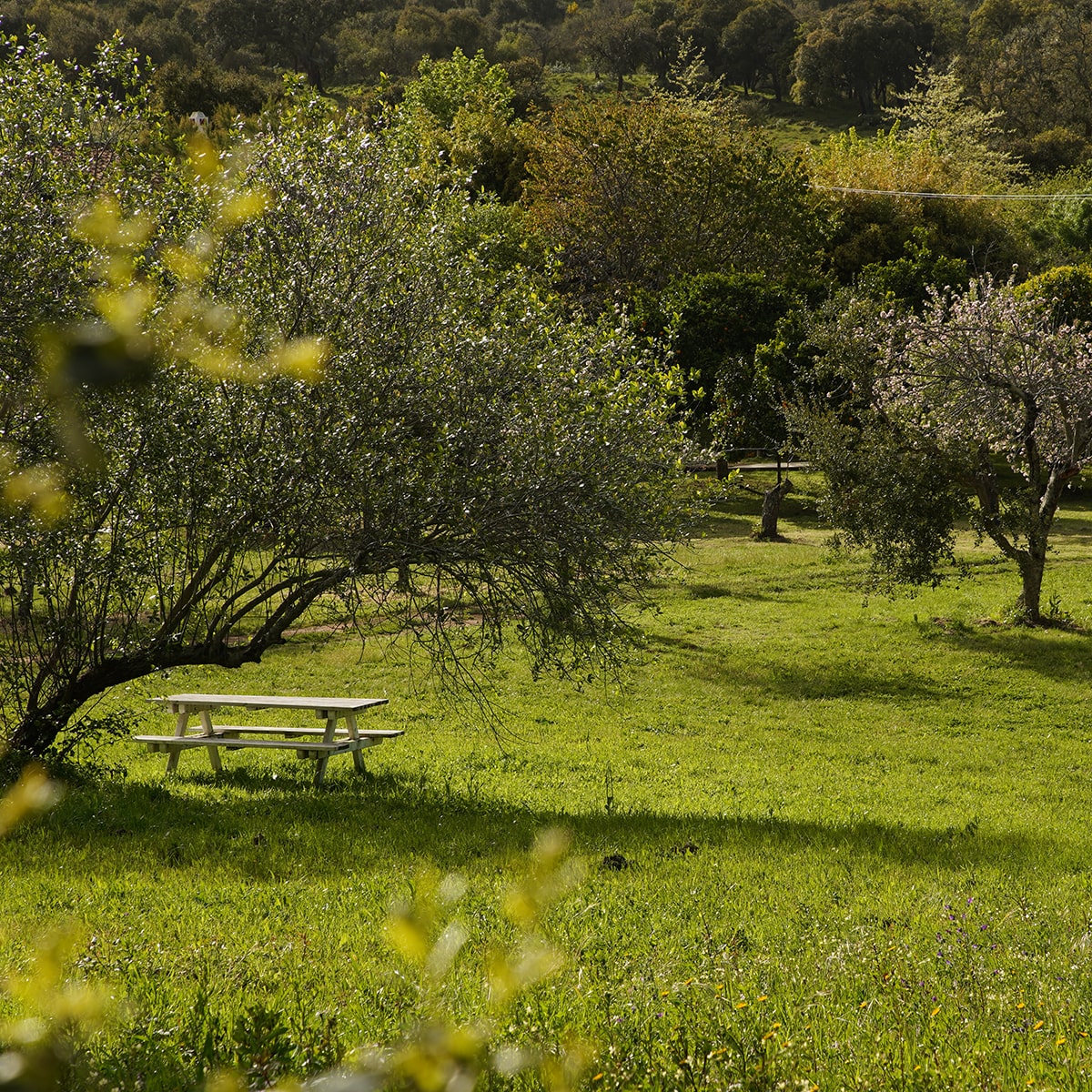
What is an Autochthonous Forest?
An autochthonous forest is made up of trees and plants that are native to a particular region, i.e. that have grown naturally there over thousands of years. Unlike forests planted with exotic species such as eucalyptus and maritime pines, which often dominate Portugal’s landscapes, an indigenous forest is adapted to the local soil, climate and ecosystem, and coexists harmoniously with other species of fauna and flora.
On the Alentejo coast, the indigenous forest is dominated by species such as the cork oak, the holm oak, the strawberry tree and the shingle oak, among others. These trees not only provide habitat for many species of animals and plants, but also help to keep the soil fertile and regulate the water cycle.
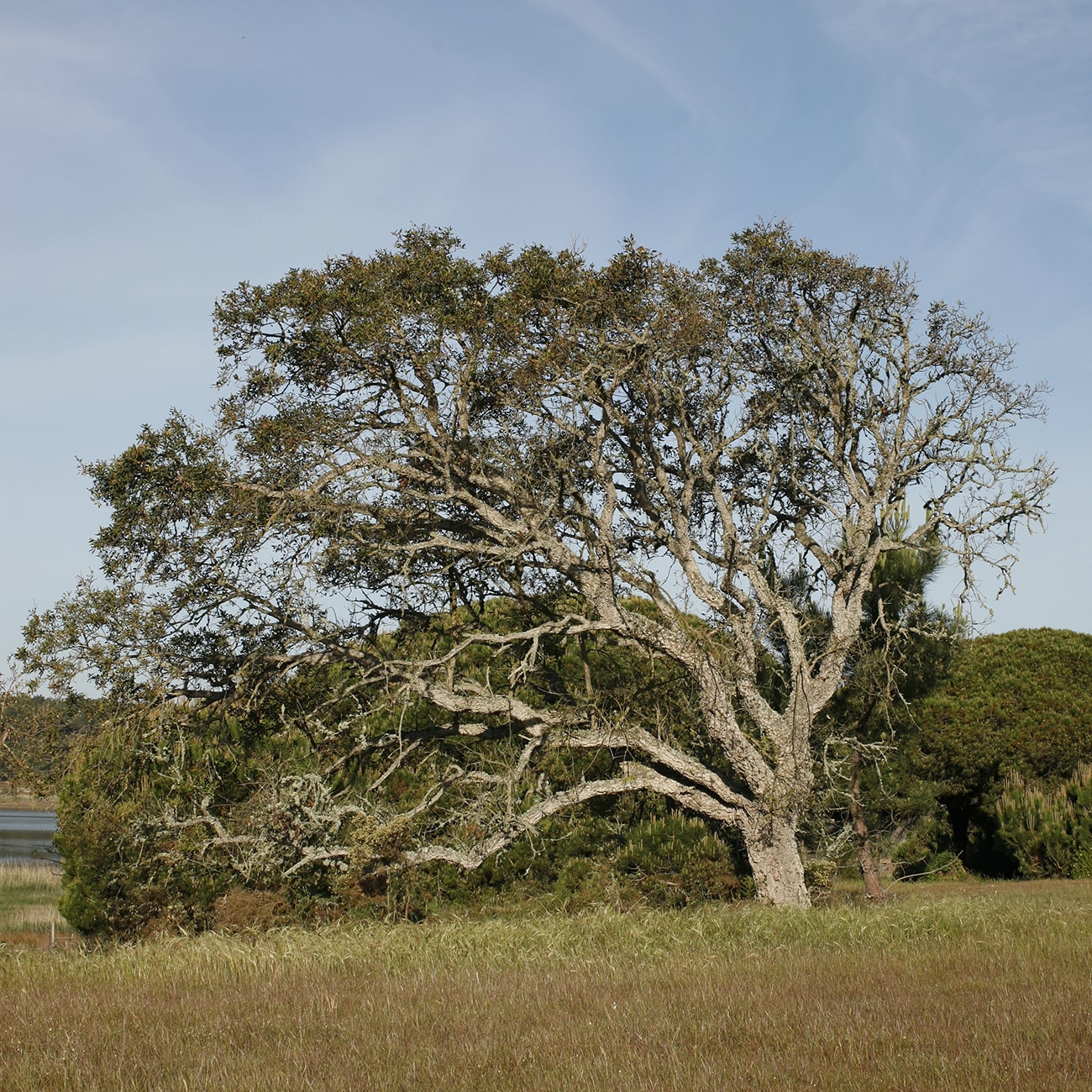
The Main Species of the Autochthonous Forest
-
Cork oak (Quercus suber): One of the region’s most iconic trees, the cork oak is known for producing cork, one of Portugal’s most valuable products. Its thick bark not only protects the tree against fires, but also plays a crucial role in the local economy. Cork oaks can live for hundreds of years and are a fundamental pillar of the ecosystem, providing shade and food for various species of animals.
-
Holm oak (Quercus ilex): Another species typical of the Mediterranean forest, the holm oak is extremely drought-resistant, a vital characteristic in a climate as hot as that of the Alentejo Coast. Its acorns are a source of food for animals such as wild boar and deer, and its canopy offers shelter to countless birds.
-
Strawberry tree (Arbutus unedo): Known for its red fruits, which are used in the production of medronho brandy, the strawberry tree is a hardy tree with great ecological importance. Its flowers provide nectar for bees and other pollinating insects and are an essential part of the forest ecosystem.
-
Cerquinho oak (Quercus faginea): Although less common, the cerquinho oak is an indigenous tree that grows in the wetter areas of the Alentejo coast. Its wood is resistant and was traditionally used in buildings and furniture.
The Ecological Importance of Native Forests
Native forests play a crucial role in the sustainability of the environment and are essential for preserving biodiversity. Native trees and plants create the ideal environment for countless species of animals, including birds, mammals and insects, which depend on these forests to survive. In addition, the diversity of plant species helps to create a resilient ecosystem, which adapts better to climatic variations and is more resistant to pests and diseases.
Native forests also play an important role in mitigating climate change. Trees capture carbon dioxide from the atmosphere, helping to reduce greenhouse gas levels, and their deep root systems help stabilize soils, preventing erosion.
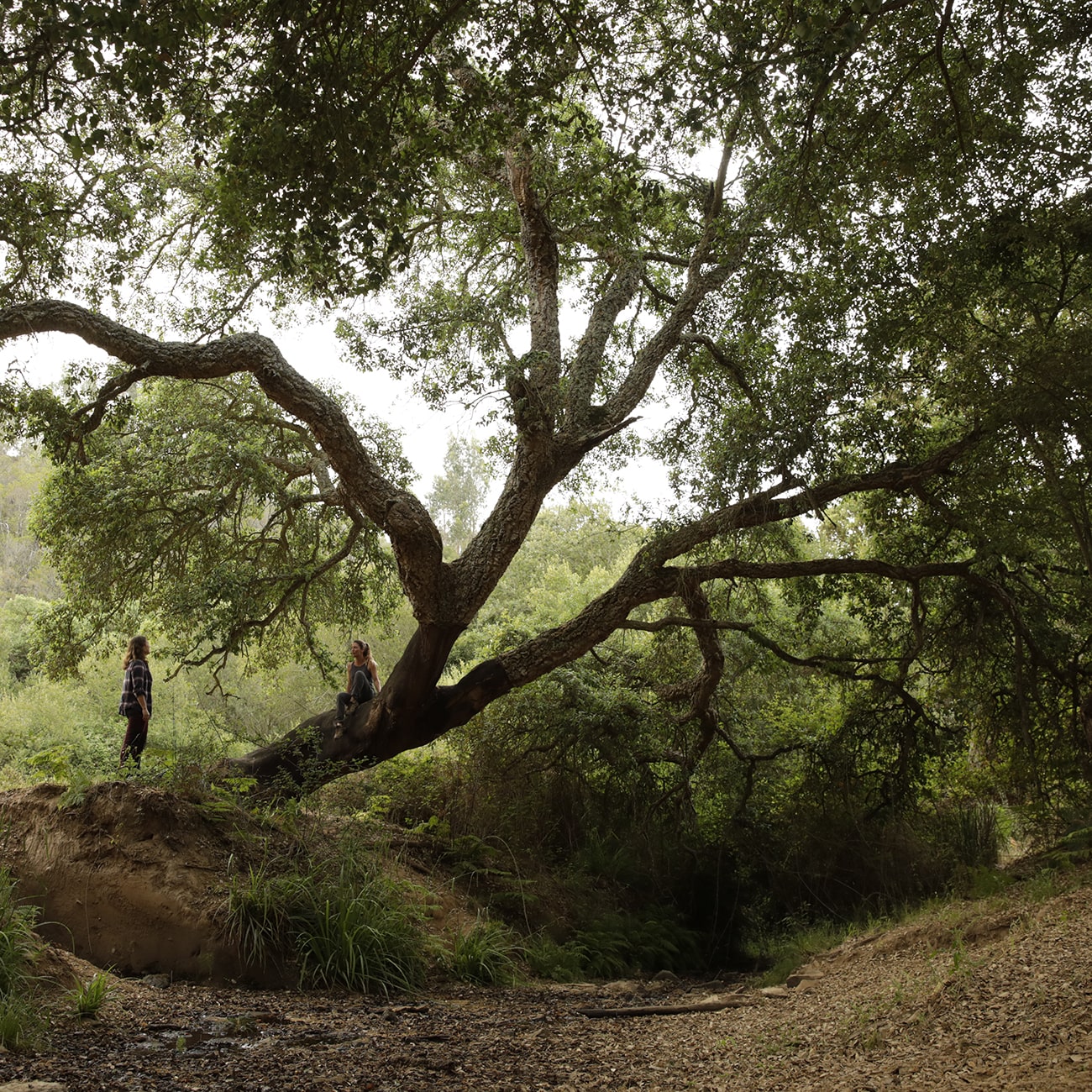
Challenges and Threats to Native Forests
Despite its importance, the Alentejo coast’s native forest faces a number of threats. The expansion of intensive agriculture, especially monocultures of eucalyptus and pine trees, has been reducing the areas of native forest. These plantations of exotic species not only contribute to the loss of biodiversity, but also increase the risk of forest fires, as these trees are highly flammable and grow uncontrollably.
Another problem is the abandonment of traditional agricultural practices. In the past, sustainable forest management, through controlled grazing and responsible cork and timber harvesting, helped maintain healthy ecosystems. With the abandonment of these practices, many native forests have become more susceptible to pests and diseases.

